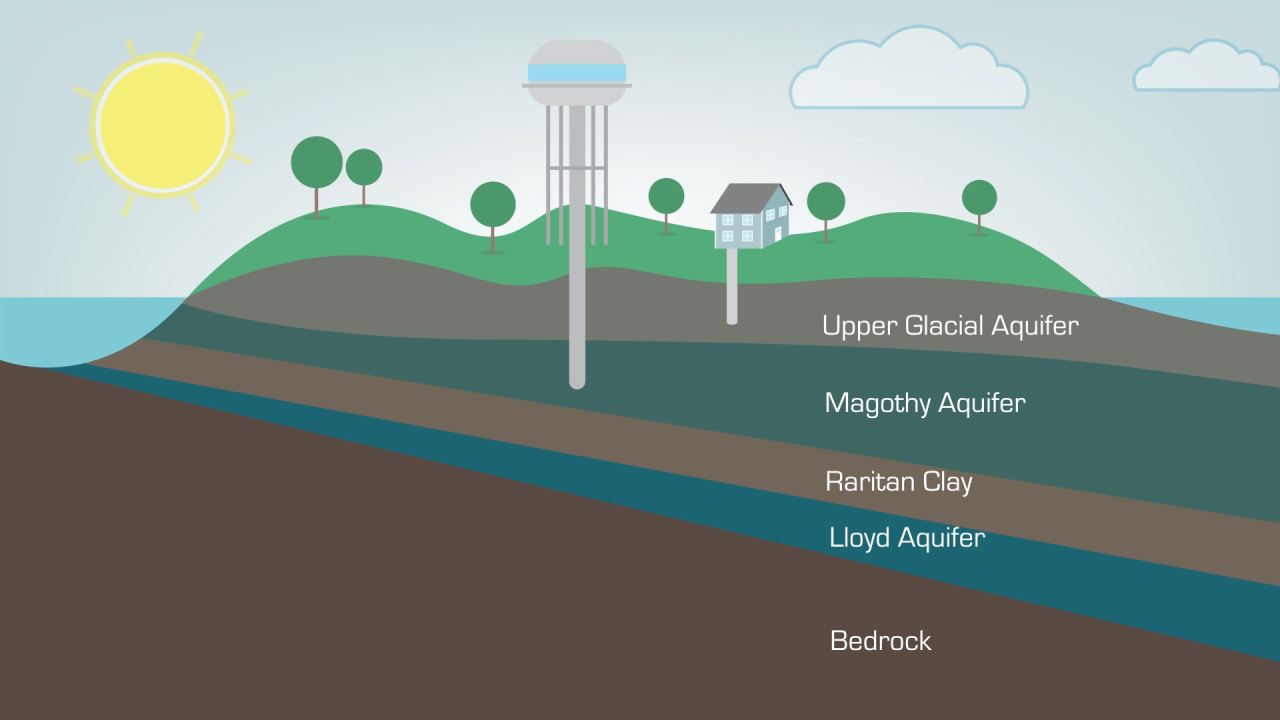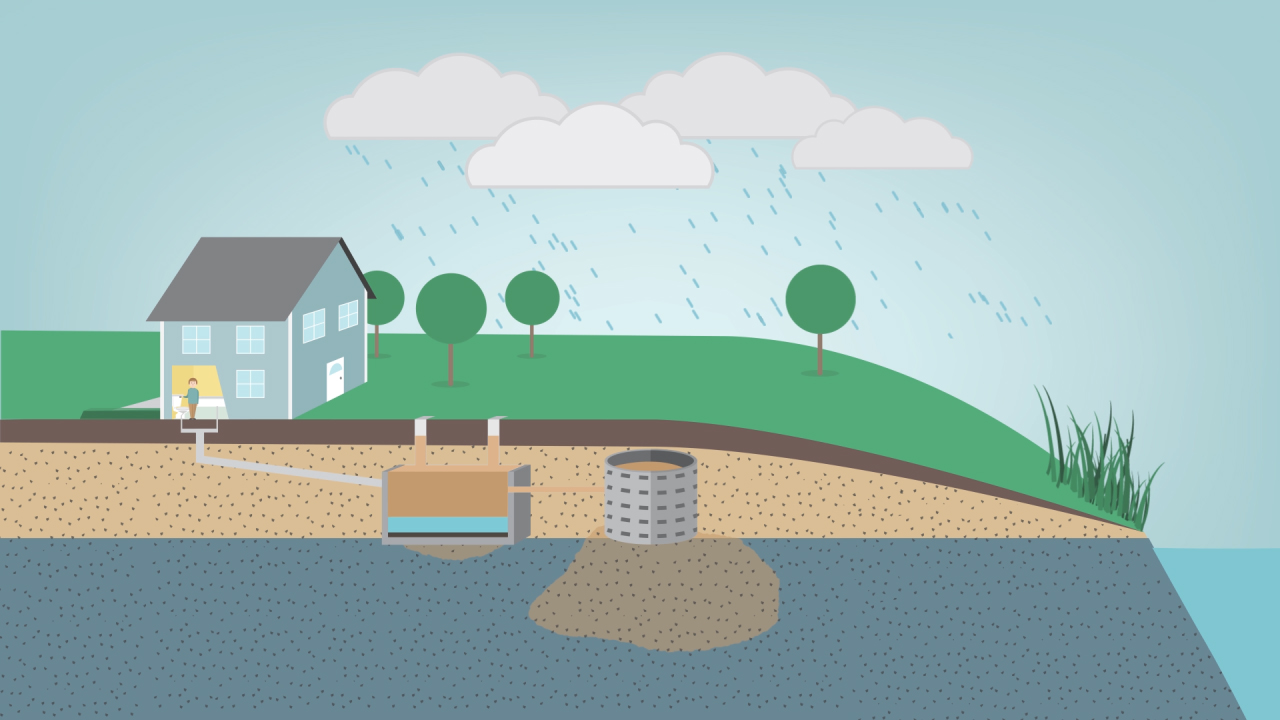Water Quality is the Key
Fishermen and baymen have instinctively known "If we don't have water quality, no one's going to be there, no one's going to fish there, the fish will not be there, life is not there." While brown tide blooms are visually obvious, it took many years of research and monitoring before the causes and the solutions came into focus. Now that we know that nitrogen pollution, largely from waste water, is what is causing the brown tides that turn the bay the color of "chocolate milk", it is possible to implement meaningful solutions.
The Best Place It Could Possibly Be
The new Great South Bay inlet created by superstorm Sandy occurred in an 8 mile undeveloped stretch of Fire Island called the Otis Pike High Dunes Wilderness Area. It's more than five miles east of the nearest Fire Island community, and over a mile west of the nearest County park facilities. Almost immediately after it formed, the water in eastern Great South Bay became clearer and saltier. Seals, herring, and a variety of sportfish quickly became abundant; hard clams were (and still are) growing faster. On sunny days, the waters around the sand shoals and new islands ringing the inlet appear a turquoise that is more reminiscent of the Caribbean than Long Island. Families, paddle boarders, sailors, and fishermen flock to its clear, flowing waters.

Clarity of the Bay
Bellport Bay used to be a relatively stagnant part of Great South Bay with little mixing with the ocean. The new inlet has changed everything. Increased mixing with salty ocean water has improved conditions for fish, shellfish, and seagrasses by reducing the brown tides that now regularly plague much of Great South Bay and Moriches Bay.
The Tides Weren't Changing
Following Superstorm Sandy the east coast of the US was pounded by a series of large coastal storms causing widespread flooding. Many Long Islanders who had suffered serious flood damage feared that the new inlet was the cause and called for closing it to prevent future flooding. To the contrary, scientists were able to show that the flooding was the result of large-scale regional phenomena that was impacting communities from the Chesapeake Bay to Cape Cod. The inlet was not changing tides or water levels; thus spending an estimated $20M to close it would have no impact on future flooding.



